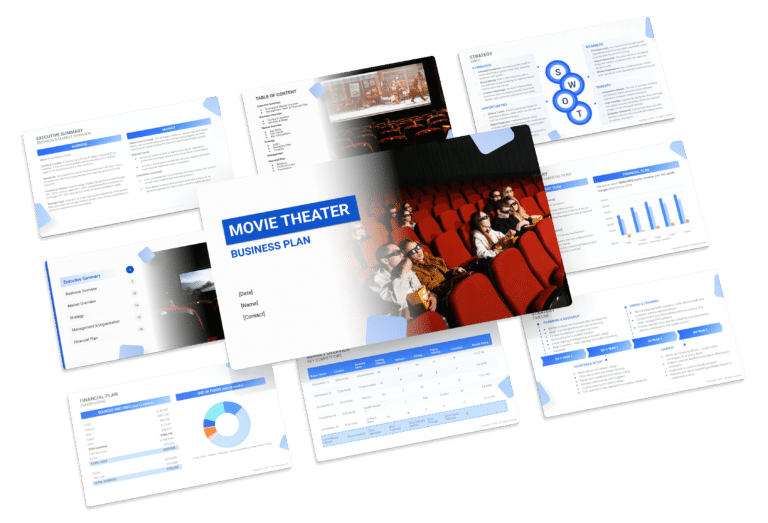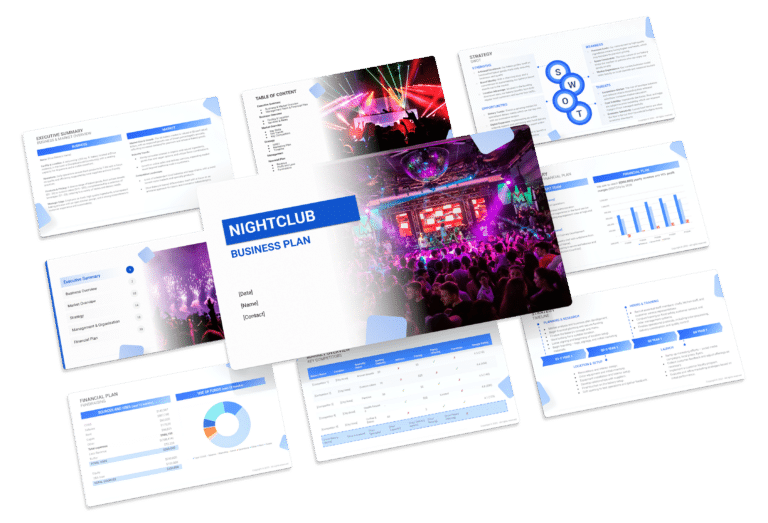SWOT Analysis for a Multi-Sport Complex (Example)

A SWOT analysis is essential for developing a business plan for a multi-sport complex. This analysis, which stands for Strengths, Weaknesses, Opportunities, and Threats, helps in understanding both internal and external factors that can impact your business. Strengths and weaknesses are internal to the business, while opportunities and threats are external.
In this article, we will explore various examples of strengths, weaknesses, opportunities, and threats aiding multi-sport complex owners in shaping an effective business plan and decision-making processes.
Strengths
Identify the strengths that make the multi-sport complex competitive and appealing to athletes and sports enthusiasts.
- State-of-the-Art Facilities: Equipping the complex with modern sports facilities and equipment can attract athletes and teams seeking top-notch amenities.
- Example: Promote the complex’s cutting-edge facilities through online platforms, showcasing specialized training areas and well-maintained equipment.
- Variety of Sports Offered: Offering a wide array of sports activities and training options appeals to diverse athlete demographics.
- Example: Create marketing campaigns highlighting the diverse range of sports programs and events available at the complex.
- Professional Coaching Staff: Employing experienced and qualified coaches enhances the quality of training and attracts serious athletes.
- Example: Showcase the credentials and expertise of the coaching staff to reassure athletes of the high-quality training available.
- Community Engagement: Establishing ties with the local community through outreach programs and events fosters a positive reputation and support.
- Example: Organize community sports events and workshops or sponsor local tournaments to strengthen community connections.
Weaknesses
Identify weaknesses to enhance the overall offering and competitiveness of the multi-sport complex.
- Limited Parking Facilities: Inadequate parking spaces might discourage visitors, particularly during peak hours or events.
- Example: Explore options to expand parking facilities or establish partnerships with nearby parking areas for convenience.
- High Operational Costs: Managing operational expenses, such as maintenance, staffing, and utilities, can impact profitability.
- Example: Implement energy-efficient solutions, optimize staff scheduling, and explore cost-effective maintenance contracts to reduce overheads.
- Seasonal Demand: Fluctuating demand based on seasons or weather can lead to inconsistent revenue streams.
- Example: Develop indoor programs or events during off-peak seasons to maintain a steady flow of visitors and revenue.
- Competition from Alternative Sports Facilities: The presence of competing sports complexes or alternative recreational options may pose a challenge.
- Example: Differentiate the complex by offering unique sports programs, hosting exclusive tournaments, or providing specialized training not available elsewhere.
Opportunities
Identify opportunities for growth and expansion to capitalize on emerging trends and market demands.
- Technology Integration: Embrace technology by offering online booking systems, virtual training sessions, or interactive apps for users.
- Example: Develop a user-friendly mobile app for bookings, scheduling, and accessing training resources.
- Partnerships with Schools or Academies: Collaborate with local schools or sports academies for joint programs or training camps.
- Example: Forge partnerships with school sports teams to host events or offer discounted training sessions for students.
- Health and Wellness Initiatives: Tap into the growing interest in health and wellness by introducing fitness classes, nutrition consultations, or wellness workshops.
- Example: Introduce holistic fitness packages that include gym access, nutritional guidance, and mental wellness sessions.
- Hosting Major Tournaments or Events: Hosting regional or national tournaments can elevate the complex’s visibility and attract elite athletes.
- Example: Actively bid for hosting rights or collaborate with sports associations to organize prominent tournaments, showcasing the complex’s capabilities.
Threats
Identify threats to the success or stability of the multi-sport complex.
- Economic Downturns: Economic fluctuations may impact disposable income, affecting participation in paid sports programs or memberships.
- Example: Offer flexible payment plans or discounts during economic downturns to maintain affordability for customers.
- Changing Trends in Sports: Shifts in popular sports or training preferences may decrease demand for certain programs.
- Example: Conduct regular market research to gauge changing sports interests and adapt program offerings accordingly.
- Regulatory Changes or Health Crises: Government regulations or health crises, such as pandemics, may enforce closures or restrict operations.
- Example: Develop contingency plans and health protocols to adapt quickly in response to regulatory changes or health emergencies.
- Competitive Market Expansion: The entry of new sports complexes or significant upgrades by competitors may divert customers.
- Example: Stay updated on competitor strategies and continuously enhance offerings to maintain a competitive edge.





